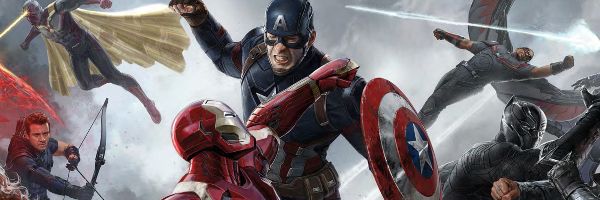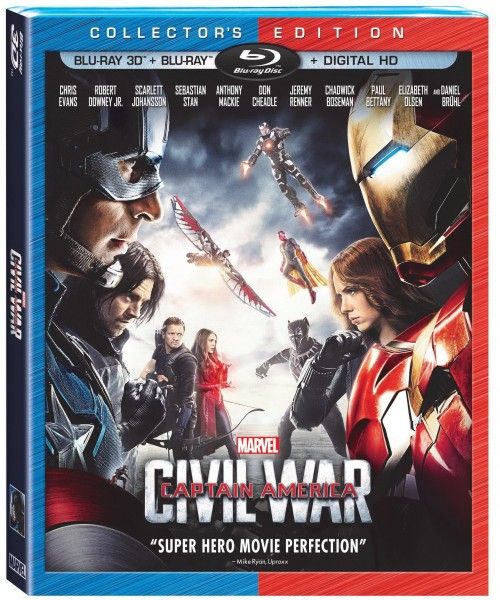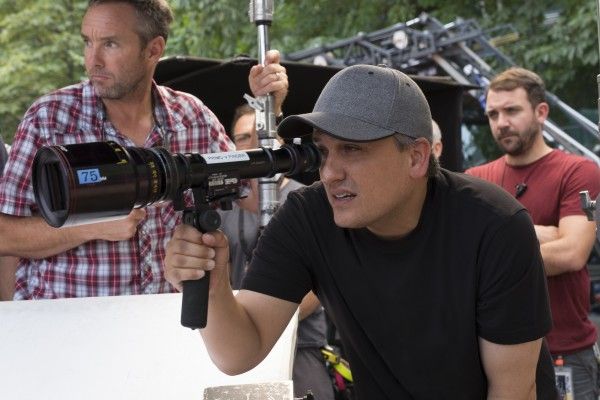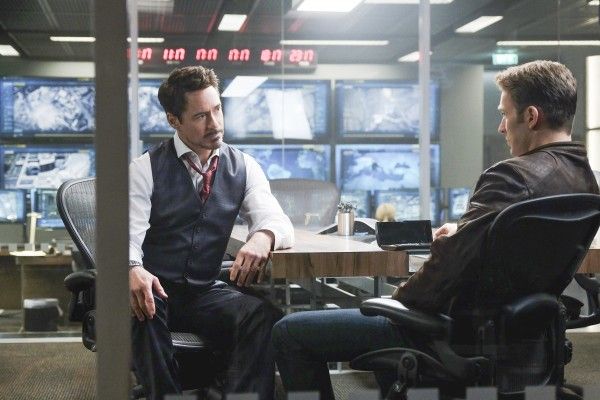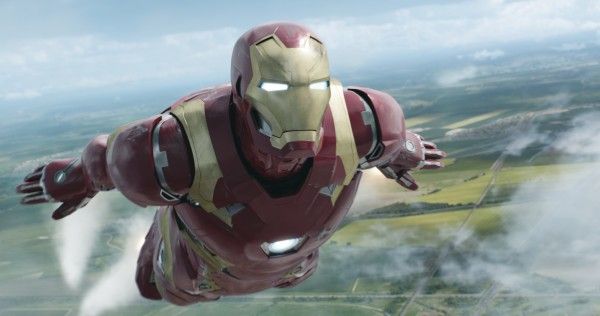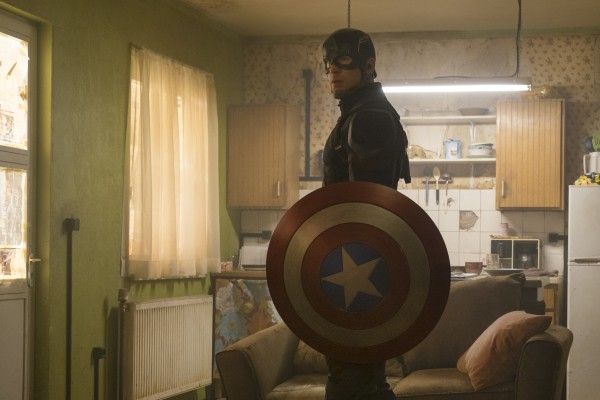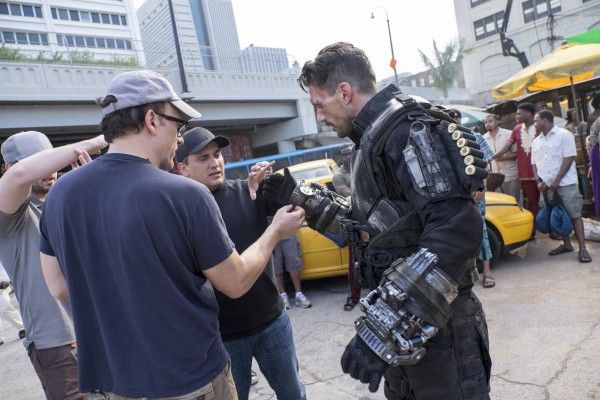Of all the big summer spectacles and blockbusters, there’s always one film that stands out from the pack every year. The film people point to, amidst summer-movie fatigue, as ‘the one that got it right’. This year – that film is Captain America: Civil War, the only big-budget film of 2016 to be embraced by both critics and audiences alike. So it’s no surprise given the good will the film’s earned – that Friday night, Marvel hosted a ‘for your consideration’ screening in a push for Oscar glory.
Filmmakers Joe & Anthony Russo and Marvel president Kevin Feige, alongside key personnel from the editorial, VFX and costume department, spoke at length about the process of creating the biggest hit of the year. For bullet point highlights from the panel, read below.
Highlights from the Academy Screening of Captain America Civil War:
- Joe Russo revealed that there was one thing that kept him up at night during the making of Civil War: the sheer “amount of characters.” He and his co-director/brother Anthony spent a majority of their time making sure every single character – Iron Man, Captain America, The Winter Soldier, Ant Man, Black Widow, Spider-Man, [insert superhero of choice here] – all fit seamlessly into the story and that the film “tracked each of their emotions”. The response prompted a chuckle from Marvel President Kevin Feige who then quipped, “How many characters are in the film you’re working on now?” Russo, who flew in from pre-production on The Avengers: Infinity War in Atlanta, looked to the ground and sighed before jokingly offering, “…half…”
- Editor Jeffrey Ford humbly stated that Captain America: Civil War wasn’t made in the editing room. “It’s a great screenplay… That was the key to making the movie as it is.” Ford assembled Civil War from an insane amount of footage. “I think at one point we computed that if we watched everything [the Russo Brothers] shot, we’d be watching for twenty-one days straight.” The Russo Brothers like to keep the cameras constantly rolling. They’ll challenge the cast in between takes, pushing them farther and farther – so there’s a ton of material to cut from.
- Costume Designer Judianna Makovsky focused on insuring that the superhero costumes never looked silly. “You want to think of them as clothing, not as costumes” she said, “It’s trying to make sure that they look real and tactical.” Makovsky stressed that as a costume designer, if she’s done her job, the viewer shouldn’t even notice the costumes after awhile. They should just blend into the world and be a part of the film.
-
Kevin Feige stated they tested Civil War internally a number of times. “If the audience leaves arguing over who was right [Captain America or Iron Man], then we’ve been successful.” When Feige and the Russo Brothers finally tested the movie and got a split reaction from the audience, they knew the cut was really working.
- How do you make Spider-Man sounds? Per sound editor Shannon Mills, ‘spidey-sounds’ are created from spray-foam, silly string, fishing lines and a combination of stretching various items.
- Visual Effects Supervisor Dan Deleeuw revealed that as a kid he would smash superheroes together for play – so getting to do so ‘for real’ during the climatic battle sequence on the airport tarmac was a dream come true. A lot of time was spent pre-visualizing the sequence – but the focus was always on making sure each individual fight and battle was driven by story. Ford quickly added that the key to the tarmac sequence is that every single moment, gag and action beat are character-driven. Nothing was ever done just as a throw away gag.
- Per Shannon Mills: Tuff Turf and Back to School were the two specific films the VFX team looked at in order to re-create young Robert Downey Jr. for the introductory hologram scene. The process for creating young Robert Downey Jr. is as follows: First Downey shot the scene as the current day Tony Stark. Then he shaved the goatee and facial hair to play the earlier nineteen-year-old incarnation of the character. The VFX teamed then took the footage, warping Downey’s face and massaging away any wrinkles or aging spots. During this process a lot of detail in the face is lost – so the VFX team will then reapply features from a younger actor – in accordance to what Downey Jr. looked like in his late teens/early twenties.
-
Kevin Feige stated the Marvel films he’s most proud of are all the Phase One films. Before Phase One, Iron Man, Captain America , and Thor were secondary characters that nobody knew of and the press discounted – so the fact Marvel was able to re-introduce and popularize these characters was an achievement unto itself. When pressed on his biggest disappointment during his tenure at Marvel, Feige diplomatically sidestepped the question but did offer that, “Mark Ruffalo’ s Hulk portrayal set a lot of things right in a way that made us all very happy.”
- When asked on whether they ever considered killing off Captain America at the end of Civil War (as happens in the comic), the Russo brothers teased they did but only for “a beat”, quickly explaining that they like to talk about every possible permutation. In fact they discussed multiple different characters meeting their demise at the end of Civil War; but ultimately the Captain’s death never made it into any outline or draft. The tragedy of Civil War wasn’t contingent on any specific character dying but the “Kramer vs. Kramer break-up” between Captain America and Iron Man.
Captain America: Civil War is currently available on DVD and Blu-ray.

